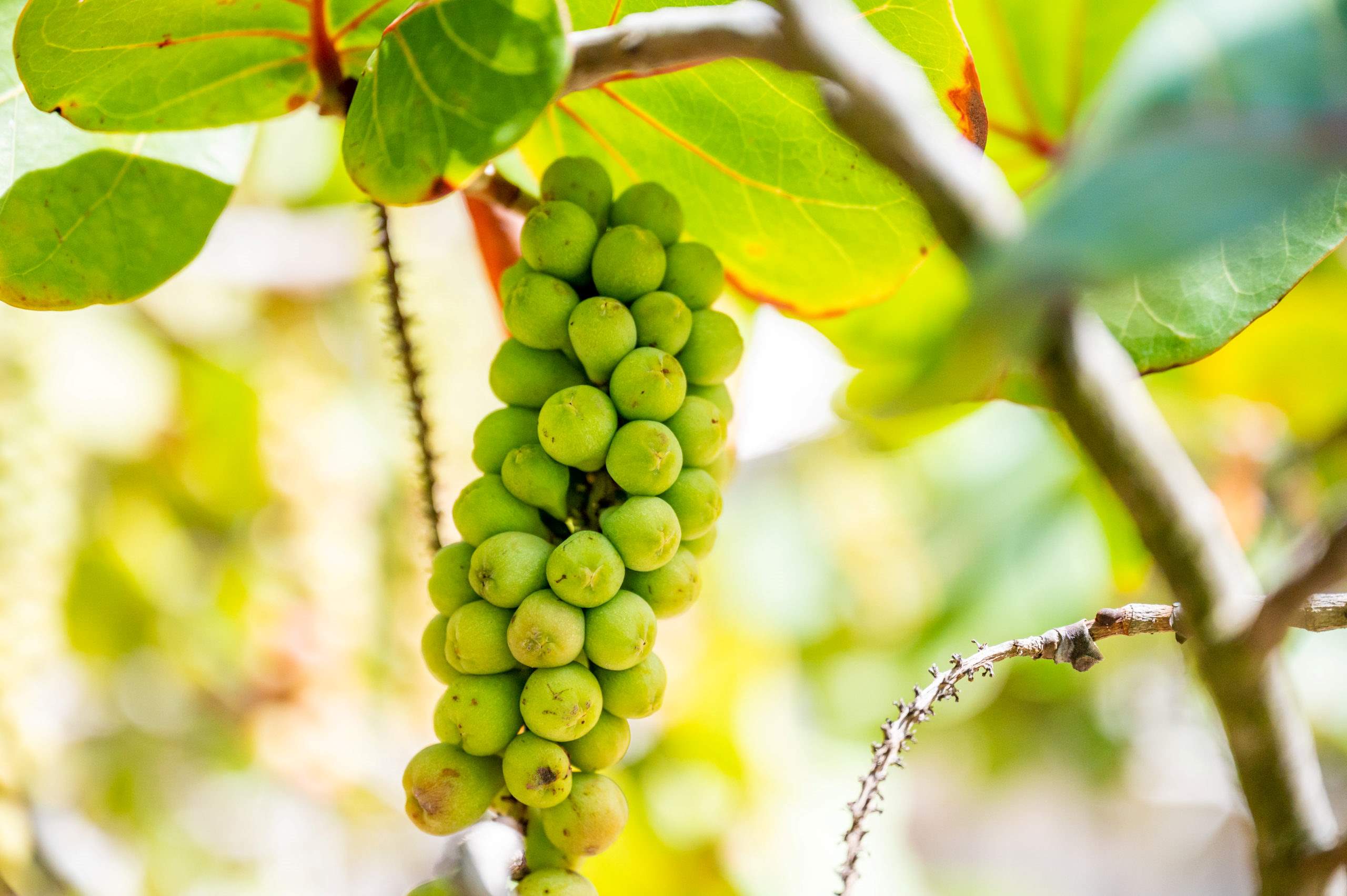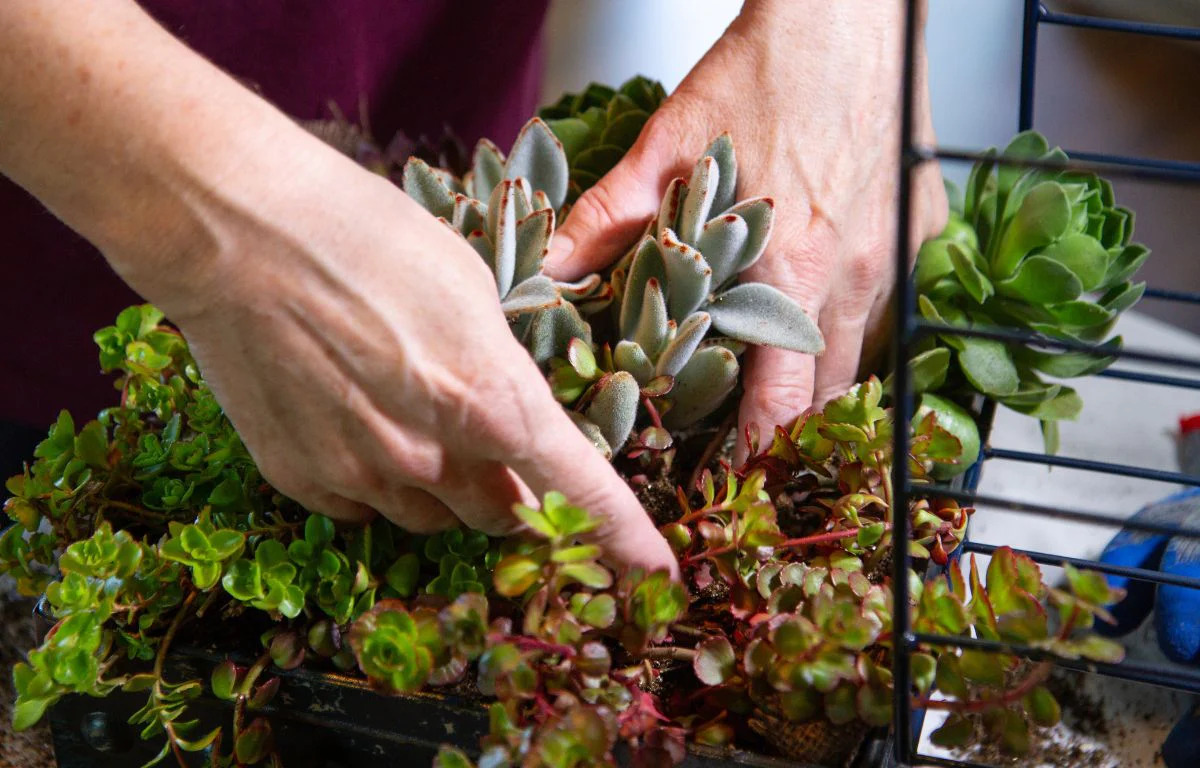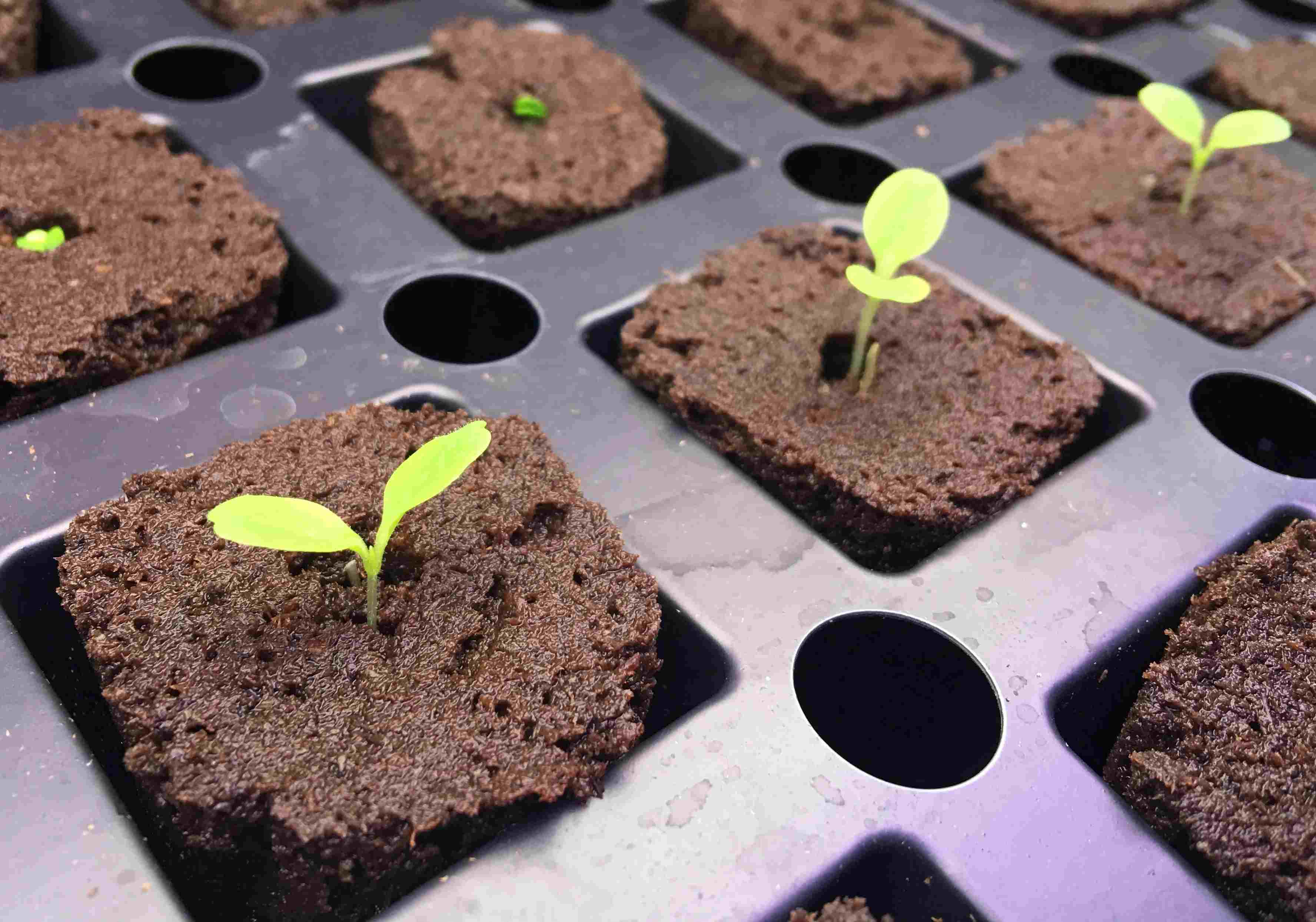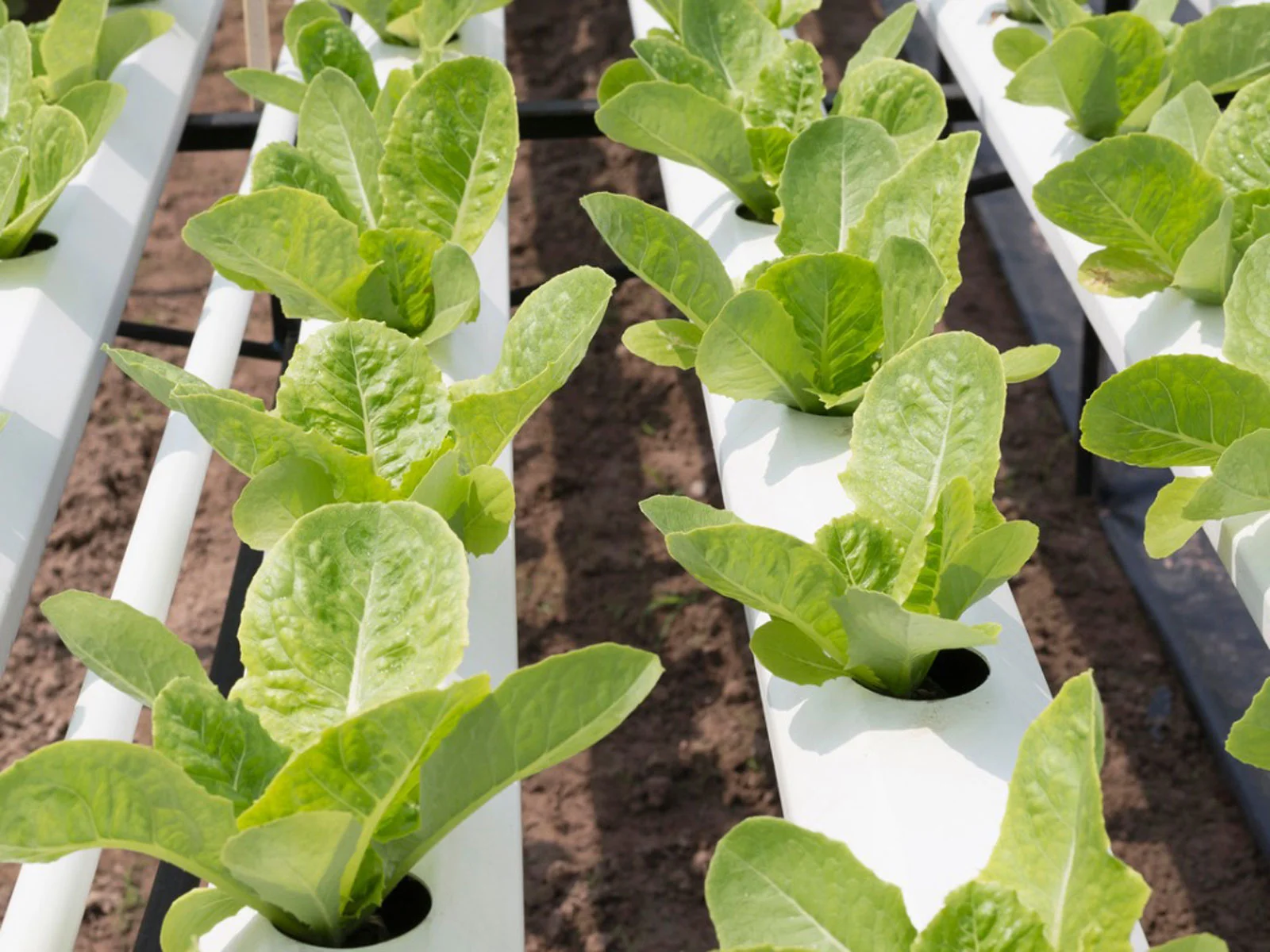Home>Gardening Techniques>Plant Care>Why Do Seeds Need Water To Germinate?


Plant Care
Why Do Seeds Need Water To Germinate?
Published: September 19, 2023
Discover the importance of water for seed germination and learn essential tips for proper plant care.
(Many of the links in this article redirect to a specific reviewed product. Your purchase of these products through affiliate links helps to generate commission for Chicagolandgardening.com, at no extra cost. Learn more)
Table of Contents
Introduction
Welcome to the fascinating world of plants! Whether you’re a seasoned gardener or just starting to cultivate your green thumb, understanding the fundamentals of plant care is essential. One crucial aspect of nurturing plants is providing them with the right conditions for germination, which is the process by which a seed transforms into a young plant.
When it comes to germination, water plays a vital role. Seeds require water to undergo this transformative process and begin their growth journey. But have you ever wondered why water is so crucial? In this article, we will explore the importance of water in seed germination and delve into the various ways it enables this miraculous process to occur.
Germination is the first critical step in a plant’s life cycle. It is the moment when a seed awakens from its dormant state and starts sprouting. During germination, the seed’s embryo starts absorbing water, leading to a series of complex biochemical reactions within the seed. These reactions result in the activation of enzymes, which play essential roles in breaking down stored nutrients and facilitating the growth of the emerging plant.
Understanding why seeds need water to germinate is essential for any aspiring plant parent or gardener. By grasping the fundamental role of water in this process, you can provide the ideal conditions for successful germination and ensure the healthy growth of your plants.
Importance of water in seed germination
Water is a precious resource for all living organisms, and for seeds, it is particularly crucial for successful germination. Without water, seeds would remain dormant and unable to initiate the growth process. Let’s explore the significance of water in seed germination:
- Hydration and activation: Water acts as a trigger for seeds to break their dormancy. When a seed absorbs water, it swells and activates the metabolic processes necessary for growth. The absorption of water rehydrates the seed, allowing it to resume its biological activity.
- Enzyme activation: Water plays a vital role in activating enzymes, which are proteins responsible for facilitating biochemical reactions within the seed. These enzymes break down stored nutrients, such as proteins, carbohydrates, and lipids, into simpler forms that the developing plant can utilize for energy and growth. Without water, these enzymes would remain inactive, preventing the seed from obtaining the essential nutrients needed to fuel germination.
- Facilitates nutrient absorption and transportation: Water acts as a medium for the movement of nutrients from the surrounding soil into the seed. Through a process called osmosis, water helps dissolve minerals and other essential nutrients in the soil, allowing them to be absorbed by the seed’s roots. Once inside the seed, water also helps transport these nutrients to the growing embryo, supporting its development.
- Cell expansion and growth: Water is critical for cell expansion and growth in germinating seeds. As absorbed water enters the cells of the embryo, it increases the turgor pressure, causing the cells to enlarge and elongate. This swelling and elongation of cells lead to the visible sprouting of the seedling above the soil surface. Additionally, water contributes to the overall increase in biomass during germination, enabling the plant to grow and establish itself.
Without water, seed germination would be impossible. It is the catalyst that sets in motion the intricate biological processes, signaling the seed to awaken and embark on its growth journey. By providing the necessary water, you can optimize the conditions for successful germination and ensure the healthy development of your plants.
Water’s role in breaking seed dormancy
Seed dormancy is a natural mechanism that prevents seeds from germinating under unfavorable conditions. It ensures that germination occurs only when the environment is conducive to the plant’s survival. Water plays a crucial role in breaking seed dormancy and initiating the germination process. Let’s delve into how water helps in breaking seed dormancy:
- Absorption of water: Dormant seeds have a tough outer coat or seed coat that protects the inner embryo from unfavorable conditions. This seed coat is impermeable to water and gases, effectively preventing germination. However, when seeds are exposed to water, it penetrates the seed coat through channels or cracks, causing the seed to swell and soften.
- Leaching of chemical inhibitors: Dormant seeds also contain chemical inhibitors that prevent premature germination. When water enters the seed, it acts as a solvent and leaches out these inhibitory substances, reducing their concentration. As a result, the inhibitory effect on germination is diminished, allowing the seed to overcome its dormancy and start growing.
- Activation of enzymes: Water triggers the activation of specific enzymes within the seed, which are responsible for breaking down complex molecules into simpler forms that the embryo can utilize for growth. These enzymes work in conjunction with the water-absorbing process to break dormancy and initiate the metabolic activities necessary for germination.
- Stimulation of hormone production: Water also plays a role in stimulating the production of plant hormones, such as gibberellins. These hormones are essential for seed germination, as they promote cell elongation, regulate nutrient mobilization, and coordinate other physiological changes required for successful germination. The presence of water triggers the synthesis and release of such hormones, signaling the seed to break dormancy and begin its growth.
Water acts as a key catalyst in breaking seed dormancy by softening the seed coat, leaching out inhibitory substances, activating enzymes, and stimulating hormone production. By understanding the role of water in this process, you can create optimal conditions for breaking seed dormancy and promoting successful germination.
Activation of enzymes through hydration
Enzymes are essential catalysts that drive the biochemical reactions within seeds during germination. These reactions break down complex molecules into simpler forms that the growing embryo can utilize for energy and growth. Water plays a critical role in activating these enzymes, enabling them to carry out their functions effectively. Let’s explore how hydration activates enzymes during seed germination:
- Rehydration and enzyme reactivation: When a seed absorbs water, it undergoes rehydration, which is the process of replenishing its moisture content. This rehydration reactivates enzymes that have become dormant during seed dormancy. The availability of water provides the necessary environment for these enzymes to regain their catalytic activity and initiate biochemical reactions.
- Hydration-dependent conformational changes: Enzymes are highly complex proteins with specific three-dimensional structures. These structures are essential for their proper functioning. Water molecules interact with the enzyme’s structure, promoting the necessary conformational changes required for optimal enzyme activity. Through hydration, water molecules facilitate the proper folding and positioning of the enzyme, allowing it to interact with its target substrate and catalyze the biochemical reactions involved in nutrient breakdown.
- Facilitation of enzyme-substrate interactions: The presence of water ensures the availability of a medium where enzymes and their respective substrates can come into contact and interact. Enzymes work by binding to specific substrates and facilitating chemical reactions on their surfaces. Water molecules serve as a bridge, facilitating the movement and collision of the enzyme and substrate, enhancing the likelihood of successful enzyme-substrate interactions. This, in turn, accelerates the breakdown of complex molecules into simpler forms, releasing the necessary nutrients for the emerging plant.
Hydration is essential for the activation of enzymes during seed germination. Water not only rehydrates the seed, but it also induces conformational changes in enzymes, promotes enzyme-substrate interactions, and provides an ideal environment for enzymatic activity. Understanding the role of hydration in enzyme activation can help ensure proper nutrient breakdown and facilitate the growth and development of germinating seeds.
Nutrient absorption and transportation
As germinating seeds embark on their growth journey, they require a continuous supply of nutrients to support their development. Water plays a crucial role in the absorption and transportation of essential nutrients from the surrounding environment to the developing seedling. Let’s explore how water facilitates nutrient absorption and transportation during seed germination:
- Osmosis and nutrient uptake: Water acts as a solvent that dissolves minerals and other essential nutrients present in the soil. Through a process called osmosis, water moves from areas of low solute concentration to high solute concentration, allowing it to transport these dissolved nutrients into the root system of the germinating seed. This influx of water and nutrients provides the necessary building blocks for the growing embryo.
- Capillary action and root absorption: Once inside the root system, water utilizes capillary action to move upwards through the seedling. Capillary action, driven by the cohesive forces between water molecules, enables water to rise against gravity, carrying dissolved nutrients with it. This upward movement of water and nutrients ensures that the entire seedling, including the emerging leaves and stems, receives a continuous supply of essential elements.
- Translocation in the xylem: The xylem is a specialized tissue responsible for transporting water and nutrients from the roots to other parts of the plant. Water, aided by the cohesive forces and tension within the xylem, moves upwards from the roots to the shoots, carrying dissolved nutrients along with it. This process, known as translocation, ensures that the growing seedling receives the necessary nutrients for its continued development.
- Utilization of stored nutrients: Seeds contain stored nutrients, such as proteins, carbohydrates, and lipids, which serve as a source of energy and building materials during germination. Water is essential for enzymatic reactions that break down these stored nutrients into simpler forms that can be absorbed and utilized by the developing seedling. The presence of water ensures that these stored nutrients are efficiently broken down and made available for the growing embryo’s needs.
Water plays a vital role in facilitating nutrient absorption and transportation during seed germination. Through osmosis, capillary action, and the coordination of the xylem, water ensures the continuous supply of essential elements to support the growth and development of the emerging seedling. Understanding the importance of water in nutrient uptake and translocation can help ensure the successful germination and establishment of your plants.
Facilitation of cell expansion and growth
During seed germination, rapid cell expansion and growth are essential for the development of the young seedling. Water plays a crucial role in facilitating these processes by providing the necessary hydration and turgor pressure. Let’s explore how water enables cell expansion and growth during seed germination:
- Hydration and turgor pressure: When a seed absorbs water, it triggers the process of hydration, which is the uptake of water by the cells of the embryo. The absorbed water increases the turgor pressure within the cells, causing them to swell and expand. This expansion is crucial for the visible sprouting of the seedling above the soil surface.
- Cell elongation and differentiation: As water enters the cells and increases their turgor pressure, it stimulates cell elongation and differentiation. The increased turgor pressure pushes against the cell walls, triggering the extension of the cell in length. This elongation allows the young seedling to establish its structure and form the necessary tissues and organs for growth.
- Transportation of nutrients: Water serves as a medium for the transportation of nutrients within the growing seedling. Nutrients that are absorbed by the roots are dissolved in water and transported to various parts of the plant, including the developing cells. These nutrients serve as building blocks and energy sources for cell enlargement and growth.
- Expansion of plant tissues: As cells continue to absorb water and expand, plant tissues such as stems, roots, and leaves also undergo enlargement and growth. Water provides the necessary hydrostatic pressure for the expansion of these tissues, allowing the seedling to establish its overall structure and support further growth and development.
Water is an integral factor in facilitating cell expansion and growth during seed germination. Through hydration, turgor pressure, and the transportation of nutrients, water supports the enlargement and differentiation of cells, leading to the development of tissues and organs in the young plant. Understanding the role of water in these processes helps ensure optimal growth and establishment of germinating seeds.
Conclusion
Water is a fundamental necessity for seed germination and plays a crucial role in every step of the process. The absorption of water by seeds triggers enzymatic activation, breaks seed dormancy, and facilitates the uptake and transportation of nutrients. Additionally, water enables cell expansion and growth, allowing the young seedling to establish its structure and develop into a healthy plant.
Understanding the importance of water in seed germination is vital for successful plant care. By providing an adequate water supply, you can optimize the conditions for seed germination, ensuring that the embryos have the necessary hydration to activate enzymes and break dormancy. Water also supports the absorption and transportation of nutrients, facilitating the growth and development of the emerging seedling.
Remember that while water is essential for seed germination, it is equally important to strike a balance in watering. Overwatering can lead to waterlogged soil, suffocating the roots and hindering the germination process. On the other hand, inadequate watering can result in seed desiccation and failed germination. It is crucial to learn the specific water requirements of the plant species you are caring for and adjust accordingly.
So, the next time you sow seeds, be mindful of the role water plays in their journey from dormancy to sprouting. Provide the right amount of water at the right time, and watch as your seeds come to life, growing into healthy and vibrant plants.










